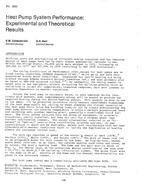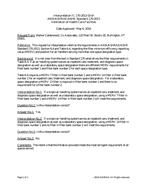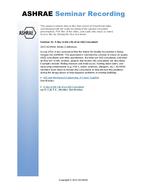Man has observed evaporative cooling in nature and improvised it to suit a large variety of applications. Direct and indirect evaporative cooling options have been extensively used, with the direct option (in the form of desert coolers and air washers) being more common. Evaporative cooling systems typically have much higher circulation and ventilation rates; thus, these are used over an extended comfort zone. But its use is still limited by the ambient wet-bulb temperature and wet-bulb depression. It is possible to increase its range of applicability by multi-staging, which improves the performance of the system substantially. One of the options of multistaging is termed regenerative cooling, which is achieved by a combination of direct and indirect evaporative cooling with recirculation of part of the process air. In this scheme, it is theoretically possible to achieve the dew-point temperature of air, which can be substantially below the wet-bulb temperature of air. The performance of a regenerative evaporative cooler has been studied over a wide range of outdoor conditions. Typical overall effectiveness values in the range of 0.7–1.1, with a mean of 0.86 and standard deviation 0.134, have been obtained. The potential of such a cooler to provide comfort for many cities in India has been explored in the paper.
Units: SI
Citation: ASHRAE Transactions, vol. 114, pt. 2, Salt Lake City 2008
Product Details
- Published:
- 2008
- Number of Pages:
- 7
- File Size:
- 1 file , 2.7 MB
- Product Code(s):
- D-SL-08-041


